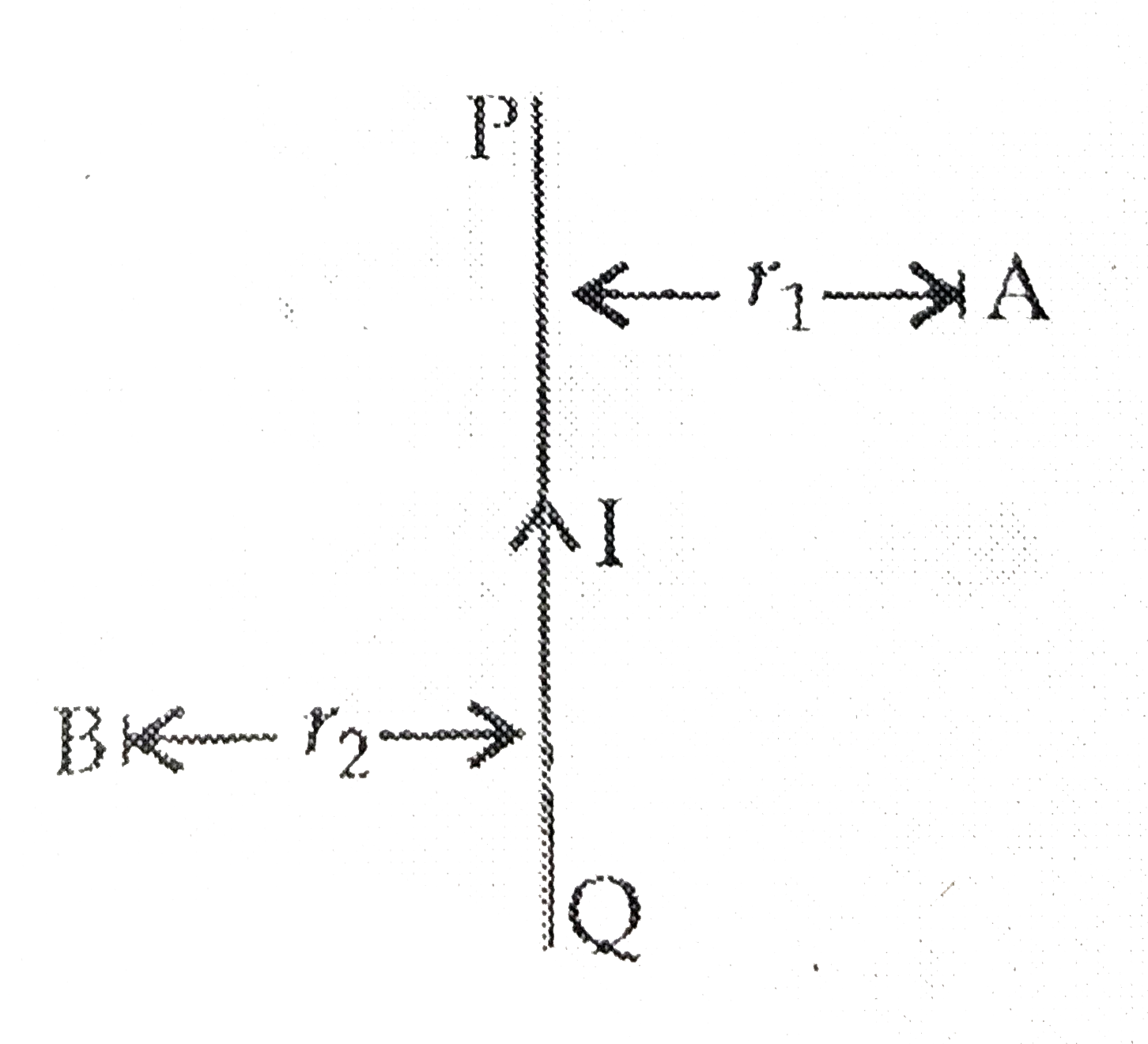Recommended Questions
- (i) State Maxwell's right-hand thumb rule. (ii) PQ is a current carr...
04:44
|
Playing Now - AB is a current-carrying conductor in the plane of the paper as shown ...
02:09
|
Play - Find the direction of magnetic field at a point P due to two infinite ...
01:58
|
Play - (i) State Maxwell's right-hand thumb rule. (ii) PQ is a current carr...
04:44
|
Play - State Maxwell's right handed cork screw rule to find the direction of ...
03:48
|
Play - PQ is a current carrying conductor in the plane of the paper as shown ...
08:49
|
Play - Magnetic Field and Field Lines| Magnetic Field Due to Current Carrying...
45:17
|
Play - A current circular conducting loop exerts a magnetic field both inside...
Text Solution
|
Play - Assertion (A) : A straight wire carries current in the vertically upw...
Text Solution
|
Play


